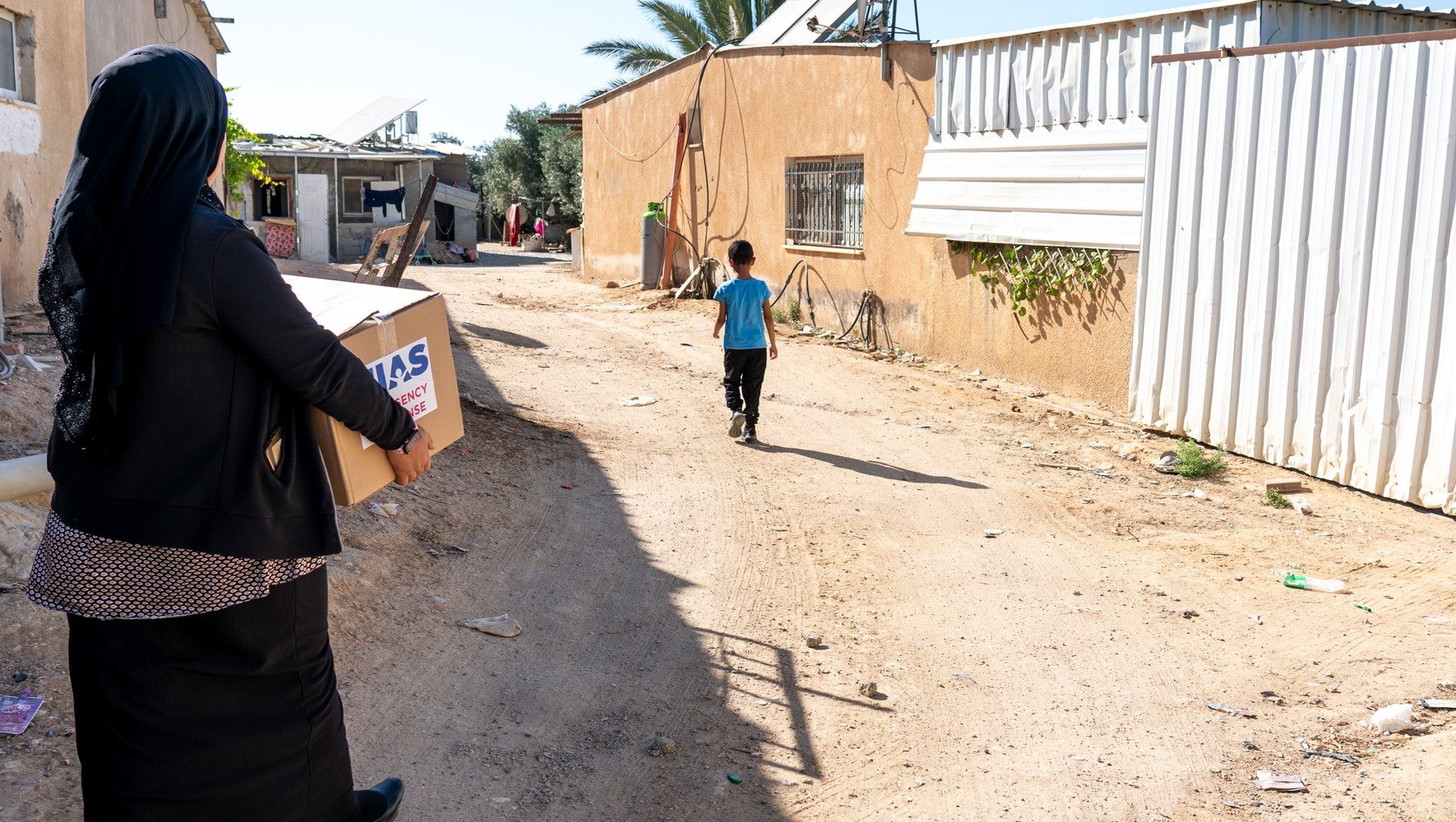Desperation Drives Thousands Through Darién Gap
By Sharon Samber, HIAS.org
Oct 27, 2021
VIDEO: HIAS Panama Country Director Roberto Mera reports from the Darién Gap in Panama on the increased numbers of migrants traveling through the region.
Update 12/15/21: HIAS Colombia is currently on the ground carrying out a needs assessment to identify the protection gaps for the refugee and migrant population trying to cross into Panamanian territory.
The untamed wilderness of Panama’s Darién Gap may be beautiful, but if you look closely there is much danger amid the beauty.
In this Central American country’s largest province, thousands of refugees, mostly Haitians, Venezuelans, and Cubans, attempt the perilous journey through Colombia to Panama and points north every week. Migrants from Africa, South Asia, the Middle East, and the Caribbean tramp through a wild jungle area that has no roads and is rife with gang violence. This journey, however, is not a new phenomenon.
The PanAmerican highway that stretches all the way from Prudhoe Bay in Alaska to Quellon in Chile, is continuous apart from the “missing link” across the nearly impassable rainforest in Darién. For years, people have risked their lives to traverse this hazardous combination of mountains, swamps, and lagoons in an attempt to get to the United States. Many have died trying.
But in recent years and especially 2021 the numbers have grown significantly. People making the 3-7 day trek have reported seeing dead bodies and there are many stories of gangs and robberies, as well as incidents of gender-based violence (GBV) and numerous injuries.
HIAS, which has well-established operations in Panama and nearby Colombia and Costa Rica, has recently placed several staff members on the ground in the region and is assessing whether it can do more to help those fleeing violence. Right now is the dry season and migration flows are expected to increase, with some estimates of 100,000 people attempting to cross.
On a recent assessment trip to Darién, Ignasi Calbo, HIAS’ deputy regional director for Latin America, joined HIAS Panama Country Director Roberto Mera for a first hand look at the situation. There are three main entry points and river crossings and two main migration stations where migrants need to stop.
Calbo noted the intense pace of the arrivals — 600-800 people arriving every day — as well as the pressure on the small indigenous host communities. He also noted the prevalence of sexual violence on the crossings and the mental health needs for women and children.
“We can do a lot of very good work,” Calbo said. “There is an urgent need for protection of these persons, especially the most vulnerable women and kids. Sexual violence is a rampant problem at the crossings. We can provide mental health for women and children. We need to scale up operations given the dimension of the humanitarian needs.”
After they have crossed the jungle of Darién, people take motorized canoes across the Tuquesa River to Bajo Chiquito, the first entry point for refugees and migrants. The canoes can hold about 15 passengers at a time for the 1.5 hour trip. Mera explained that the village, where migrants register with the National Migration Service (Servicio Nacional de Migración), has only about 200-300 inhabitants. The registration process focuses on security issues and is the main source of statistics for the government. The refugees stay in the area for a day or two, depending on weather conditions, and then move on north.
HIAS Panama is already implementing a GBV response project with the support of UNICEF in Lajas Blancas and San Vicente (both temporary migration shelters), but Calbo predicted as COVID-19 continues to drive migration and government policies shift, the situation will remain complicated and refugee assistance agencies will have to accommodate increased needs.
“HIAS can make a big difference,” he said. “We can help people, especially women and children, after their crossing of the Darién Gap and help them be safe.”





